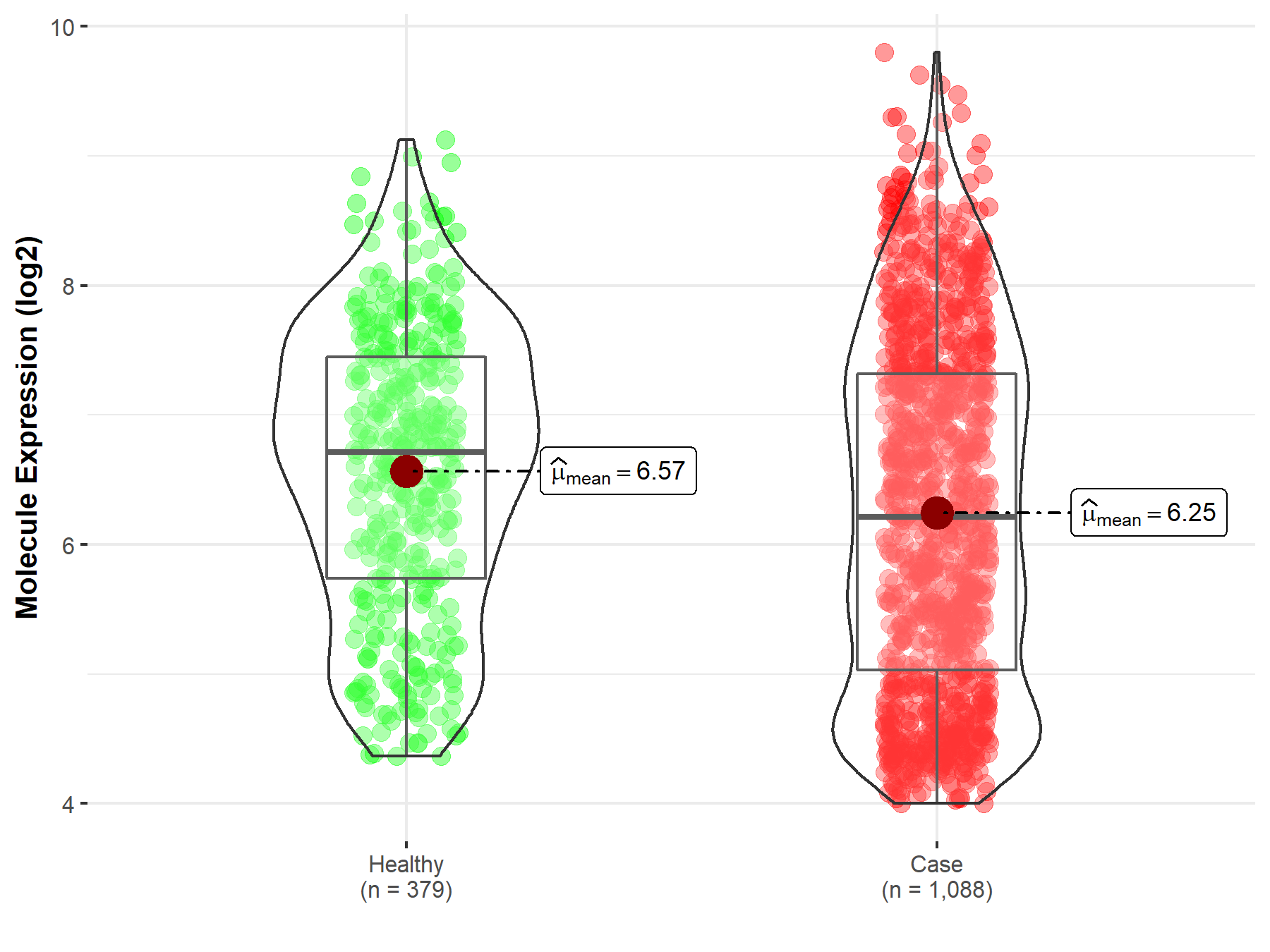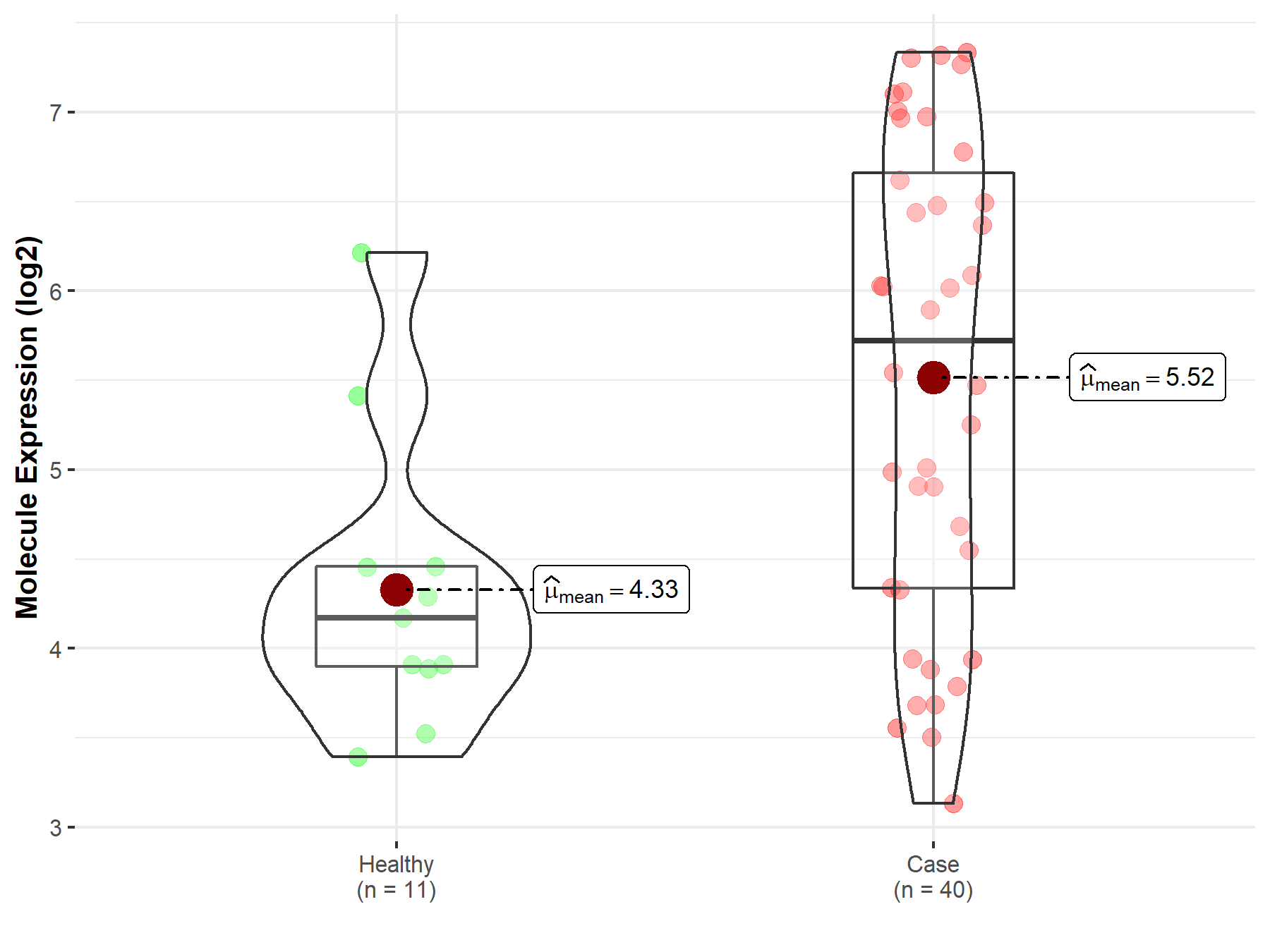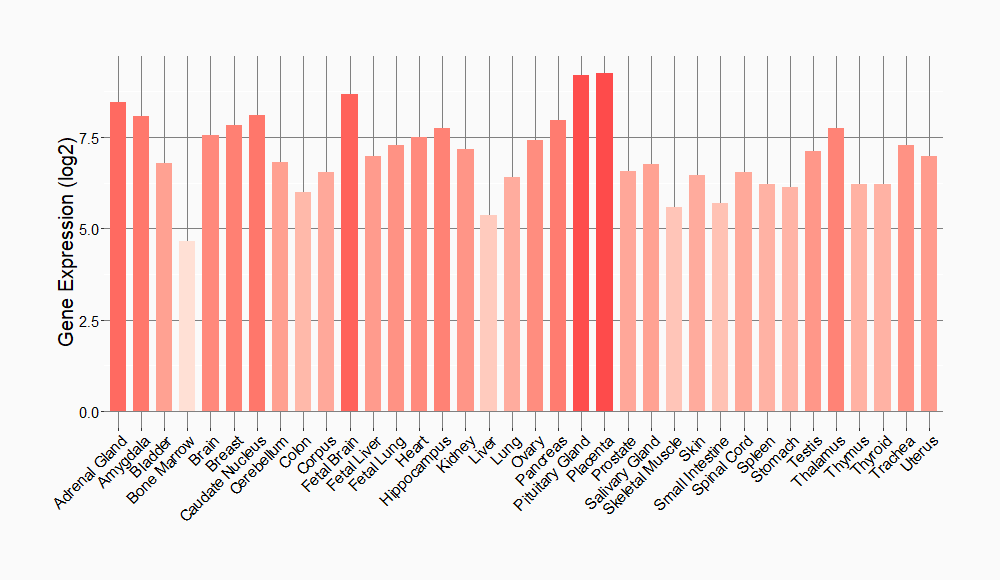Molecule Information
General Information of the Molecule (ID: Mol00687)
| Name |
Tumor suppressor candidate 3 (TUSC3)
,Homo sapiens
|
||||
|---|---|---|---|---|---|
| Synonyms |
Dolichyl-diphosphooligosaccharide--protein glycosyltransferase subunit TUSC3; Oligosaccharyl transferase subunit TUSC3; Magnesium uptake/transporter TUSC3; Protein N33; N33
Click to Show/Hide
|
||||
| Molecule Type |
Protein
|
||||
| Gene Name |
TUSC3
|
||||
| Gene ID | |||||
| Location |
chr8:15417215-15766649[+]
|
||||
| Sequence |
MGARGAPSRRRQAGRRLRYLPTGSFPFLLLLLLLCIQLGGGQKKKENLLAEKVEQLMEWS
SRRSIFRMNGDKFRKFIKAPPRNYSMIVMFTALQPQRQCSVCRQANEEYQILANSWRYSS AFCNKLFFSMVDYDEGTDVFQQLNMNSAPTFMHFPPKGRPKRADTFDLQRIGFAAEQLAK WIADRTDVHIRVFRPPNYSGTIALALLVSLVGGLLYLRRNNLEFIYNKTGWAMVSLCIVF AMTSGQMWNHIRGPPYAHKNPHNGQVSYIHGSSQAQFVAESHIILVLNAAITMGMVLLNE AATSKGDVGKRRIICLVGLGLVVFFFSFLLSIFRSKYHGYPYSDLDFE Click to Show/Hide
|
||||
| Function |
Acts as accessory component of the N-oligosaccharyl transferase (OST) complex which catalyzes the transfer of a high mannose oligosaccharide from a lipid-linked oligosaccharide donor to an asparagine residue within an Asn-X-Ser/Thr consensus motif in nascent polypeptide chains. Involved in N-glycosylation of STT3B-dependent substrates. Specifically required for the glycosylation of a subset of acceptor sites that are near cysteine residues; in this function seems to act redundantly with MAGT1. In its oxidized form proposed to form transient mixed disulfides with a glycoprotein substrate to facilitate access of STT3B to the unmodified acceptor site. Has also oxidoreductase-independent functions in the STT3B-containing OST complex possibly involving substrate recognition.
Click to Show/Hide
|
||||
| Uniprot ID | |||||
| Ensembl ID | |||||
| HGNC ID | |||||
| Click to Show/Hide the Complete Species Lineage | |||||
Type(s) of Resistant Mechanism of This Molecule
Drug Resistance Data Categorized by Drug
Approved Drug(s)
1 drug(s) in total
| Drug Resistance Data Categorized by Their Corresponding Mechanisms | ||||
|
|
||||
| Disease Class: Glioblastoma | [1] | |||
| Resistant Disease | Glioblastoma [ICD-11: 2A00.02] | |||
| Resistant Drug | Temozolomide | |||
| Molecule Alteration | Expression | Down-regulation |
||
| Experimental Note | Revealed Based on the Cell Line Data | |||
| In Vitro Model | U87MG cells | Brain | Homo sapiens (Human) | CVCL_GP63 |
| U87MG-res cells | Brain | Homo sapiens (Human) | CVCL_GP63 | |
| Experiment for Molecule Alteration |
Immunofluorescence staining; Western blot analysis | |||
| Experiment for Drug Resistance |
Soft agar assay; MTT assay; Sphere formation assay | |||
| Mechanism Description | microRNA-132 induces temozolomide resistance and promotes the formation of cancer stem cell phenotypes by targeting tumor suppressor candidate 3 in glioblastoma. | |||
Disease- and Tissue-specific Abundances of This Molecule
ICD Disease Classification 02

| Differential expression of molecule in resistant diseases | ||
| The Studied Tissue | Nervous tissue | |
| The Specified Disease | Brain cancer | |
| The Expression Level of Disease Section Compare with the Healthy Individual Tissue | p-value: 4.98E-06; Fold-change: -4.99E-01; Z-score: -4.52E-01 | |
|
Molecule expression in the diseased tissue of patients
Molecule expression in the normal tissue of healthy individuals
|
||
| Disease-specific Molecule Abundances |

|
Click to View the Clearer Original Diagram |
| The Studied Tissue | Brainstem tissue | |
| The Specified Disease | Glioma | |
| The Expression Level of Disease Section Compare with the Healthy Individual Tissue | p-value: 1.78E-03; Fold-change: 1.15E+00; Z-score: 6.65E+00 | |
|
Molecule expression in the diseased tissue of patients
Molecule expression in the normal tissue of healthy individuals
|
||
| Disease-specific Molecule Abundances |

|
Click to View the Clearer Original Diagram |
| The Studied Tissue | White matter | |
| The Specified Disease | Glioma | |
| The Expression Level of Disease Section Compare with the Healthy Individual Tissue | p-value: 1.19E-03; Fold-change: 1.55E+00; Z-score: 1.87E+00 | |
|
Molecule expression in the diseased tissue of patients
Molecule expression in the normal tissue of healthy individuals
|
||
| Disease-specific Molecule Abundances |

|
Click to View the Clearer Original Diagram |
| The Studied Tissue | Brainstem tissue | |
| The Specified Disease | Neuroectodermal tumor | |
| The Expression Level of Disease Section Compare with the Healthy Individual Tissue | p-value: 5.36E-13; Fold-change: 2.84E+00; Z-score: 7.37E+00 | |
|
Molecule expression in the diseased tissue of patients
Molecule expression in the normal tissue of healthy individuals
|
||
| Disease-specific Molecule Abundances |

|
Click to View the Clearer Original Diagram |
Tissue-specific Molecule Abundances in Healthy Individuals


|
||
References
If you find any error in data or bug in web service, please kindly report it to Dr. Sun and Dr. Zhang.
